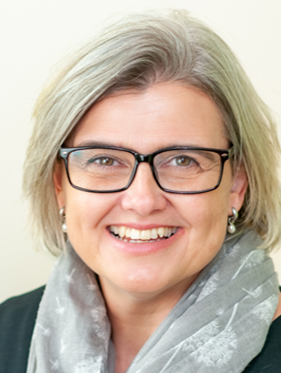Learning British Sign Language (BSL) helped funeral director Susan Whymark make her services more inclusive, even if she hasn’t mastered it yet.
While arranging a funeral, Susan noticed one family member seemed disengaged. She thought the woman was upset or struggling with the questions. But at the end of the meeting, Susan realised the woman was deaf. “I felt so sad she hadn’t heard a word we’d discussed,” says Susan, who runs funeral homes in Suffolk and Norfolk. “She must have felt so isolated. I like to make everyone feel included, and I felt I’d let her down. I just didn’t have the tools.”
Susan, who runs funeral homes in Suffolk and Norfolk, says that moment pushed her to sign up for a six-week BSL course at the University of East Anglia.
Susan said: “I went on to pass Level 1 BSL, but then Covid stopped me moving straight into Level 2.
“I started Level 2, but without regular use, I slowed down and forgot the signs. So now, my BSL is on hold until I can find someone to practise with.
“I’ve used it a few times, but often a deaf person brings a family member to translate. I still love using it when I can and the Deaf community really appreciate any effort to communicate.
“I think it’s so important to be inclusive. While many disabilities are isolating, I think the Deaf community misses out even more. When clients can’t see or walk, for example, they can still join a conversation about their loved one.
“BSL is a language like any other, it’s just like learning French or Spanish. I’d encourage anyone to give it a go.”

